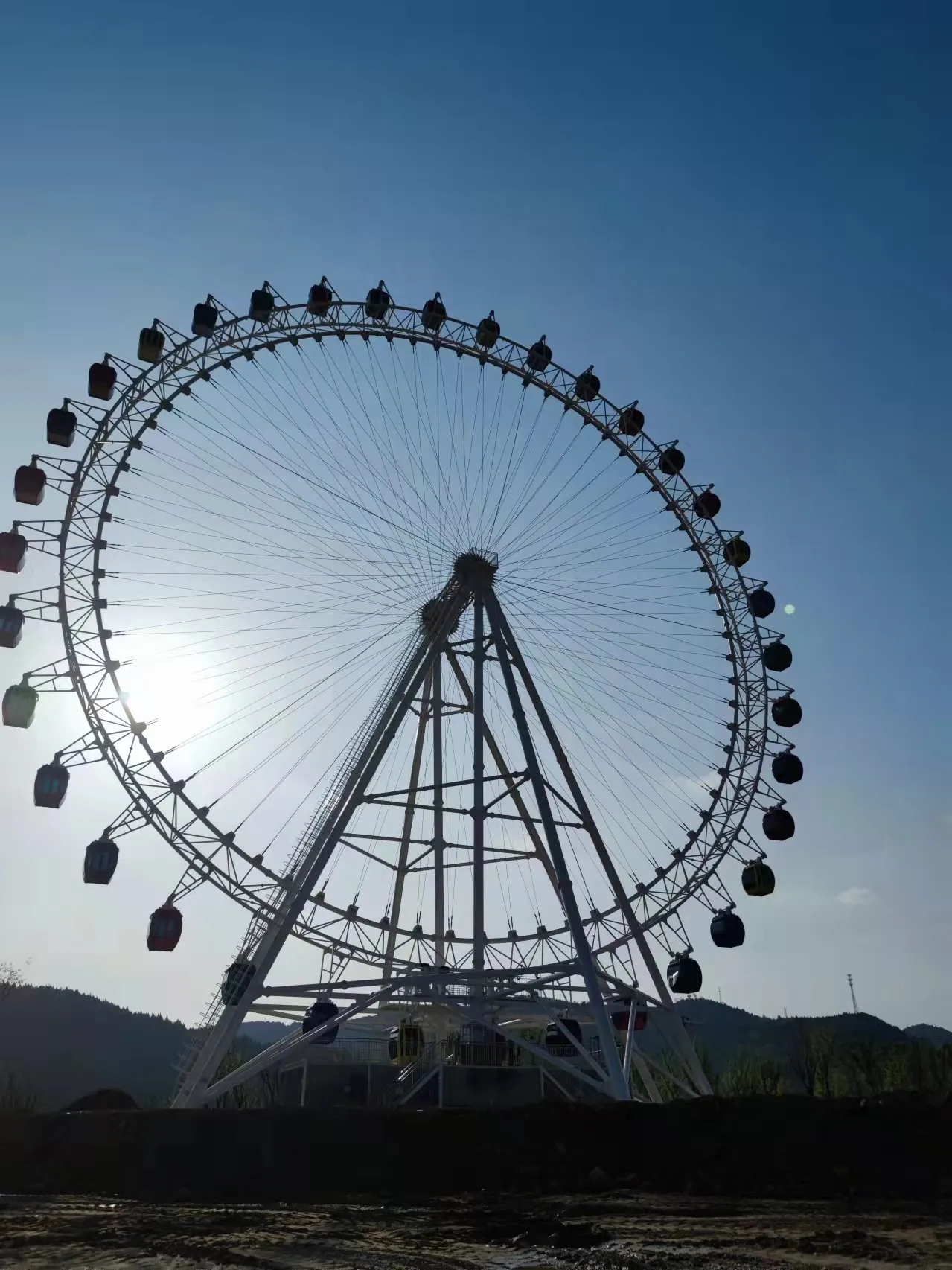- Albanian
- Arabic
- Belarusian
- Bengali
- Czech
- English
- French
- German
- Hebrew
- Hungarian
- Indonesian
- irish
- Italian
- Japanese
- kazakh
- Persian
- Russian
- Thai
- Uzbek
- Vietnamese
Creative Roller Coaster Creator for Thrilling Amusement Park Experiences
Designing the Ultimate Roller Coaster A Thrilling Journey
The thrill of a roller coaster is an experience that transcends generations, captivating the hearts of adrenaline seekers and amusement park enthusiasts alike. Behind every exhilarating ride lies a complex world of design and engineering, where creativity meets physics to create the ultimate roller coaster experience. This article delves into the fascinating process of roller coaster design, exploring the essential elements that make these rides not only exciting but also safe and innovative.
Understanding the Basics of Roller Coaster Design
At its core, roller coaster design is an intricate blend of artistry and science. Designers must consider a variety of factors, including the layout of the track, the materials used, and the psychological effects on riders. Every element contributes to the overall experience, from the anticipation of the climb to the adrenaline rush of the drop.
1. Elements of Design
The first step in creating a roller coaster is determining its key elements. These typically include
- Elevation Changes The vertical drops and climbs are crucial for creating excitement. Designers often incorporate steep drops and sharp climbs to maximize the thrill factor. The height of the coaster plays a significant role in how exhilarating the experience will be.
- Inversions Loops, corkscrews, and spirals add an extra dimension of thrill. Inversions create feelings of weightlessness and reverse G-forces, leaving riders breathless. Balancing the number and type of inversions is vital to maintaining a flow that keeps the ride engaging without overwhelming riders.
- Speed and Acceleration The speed at which a coaster travels is directly tied to the design of the track. Designers utilize gravity, propulsion systems, and brakes to control speed, ensuring a perfect balance between excitement and safety.
- Theming A roller coaster is more than just a series of tracks; it’s an immersive experience. Designers often integrate themes that enhance the ride experience, from the visual aesthetics of the coaster to sound effects and queue line details. Theming can elevate a simple ride into an adventure, creating narratives that resonate with riders.
rollercoaster designer

2. Safety First
While the thrill of a roller coaster is the primary draw, safety is paramount in roller coaster design. Engineers and designers must adhere to stringent safety standards and regulations. Each ride undergoes rigorous testing to ensure it can withstand various conditions. Safety harnesses, train design, and braking systems are meticulously evaluated to protect riders.
Additionally, the materials used in construction must be durable and resilient. Steel and wood are common choices, each providing unique characteristics. Steel coasters, for example, allow for smoother tracks and more intricate designs, while wooden coasters offer a classic, nostalgic feel.
3. The Design Process
The roller coaster design process begins with concept sketches. Designers often use computer-aided design (CAD) software to create detailed blueprints that outline the track layout and structural elements. Once the initial designs are approved, scale models are frequently built to test the physical dynamics and aesthetics of the coaster.
Once a ride design is finalized, engineers perform simulations to analyze how the coaster will perform in real-world conditions. This includes testing G-forces and ensuring that the ride experience meets the desired expectations for thrill and comfort.
4. The Future of Roller Coaster Design
Innovation is at the heart of amusement park attractions, and roller coasters are no exception. As technology advances, so do the possibilities for design. From virtual reality experiences that enhance the ride to magnetic propulsion systems that allow for rapid accelerations, the future promises to push the boundaries of roller coaster design even further.
In conclusion, roller coaster design is a thrilling intersection of creativity, engineering, and psychological insight. It requires a deep understanding of both the physical laws of movement and the emotional responses of riders. As designers continue to innovate, the world of roller coasters will keep evolving, ensuring that the exhilaration of these rides remains unmatched. So, the next time you strap in for a journey of loops and drops, remember the imagination and expertise that brought that roller coaster to life. It’s not just a ride; it’s a meticulously crafted adventure waiting to unfold.
-
Flume Ride-Hebei Zhipao Amusement Equipment Manufacturing Co., Ltd.|Thrilling Water Attraction&Customizable DesignJul.30,2025
-
Flume Ride - Hebei Zhipao Amusement Equipment | Water Coaster, Thrilling DescentJul.30,2025
-
Flume Ride - Hebei Zhipao | Thrilling Water AttractionJul.30,2025
-
Flume Ride: Thrilling Water Attraction by Hebei Zhipao|Log Flume Manufacturers&Flume Ride DesignJul.30,2025
-
Flume Ride-Hebei Zhipao Amusement Equipment Manufacturing Co., Ltd.|Thrilling Water Coaster, Safe DesignJul.30,2025
-
Flume Ride-Hebei Zhipao Amusement Equipment Manufacturing Co., Ltd.|Thrilling Water Attraction, Safe DesignJul.30,2025
